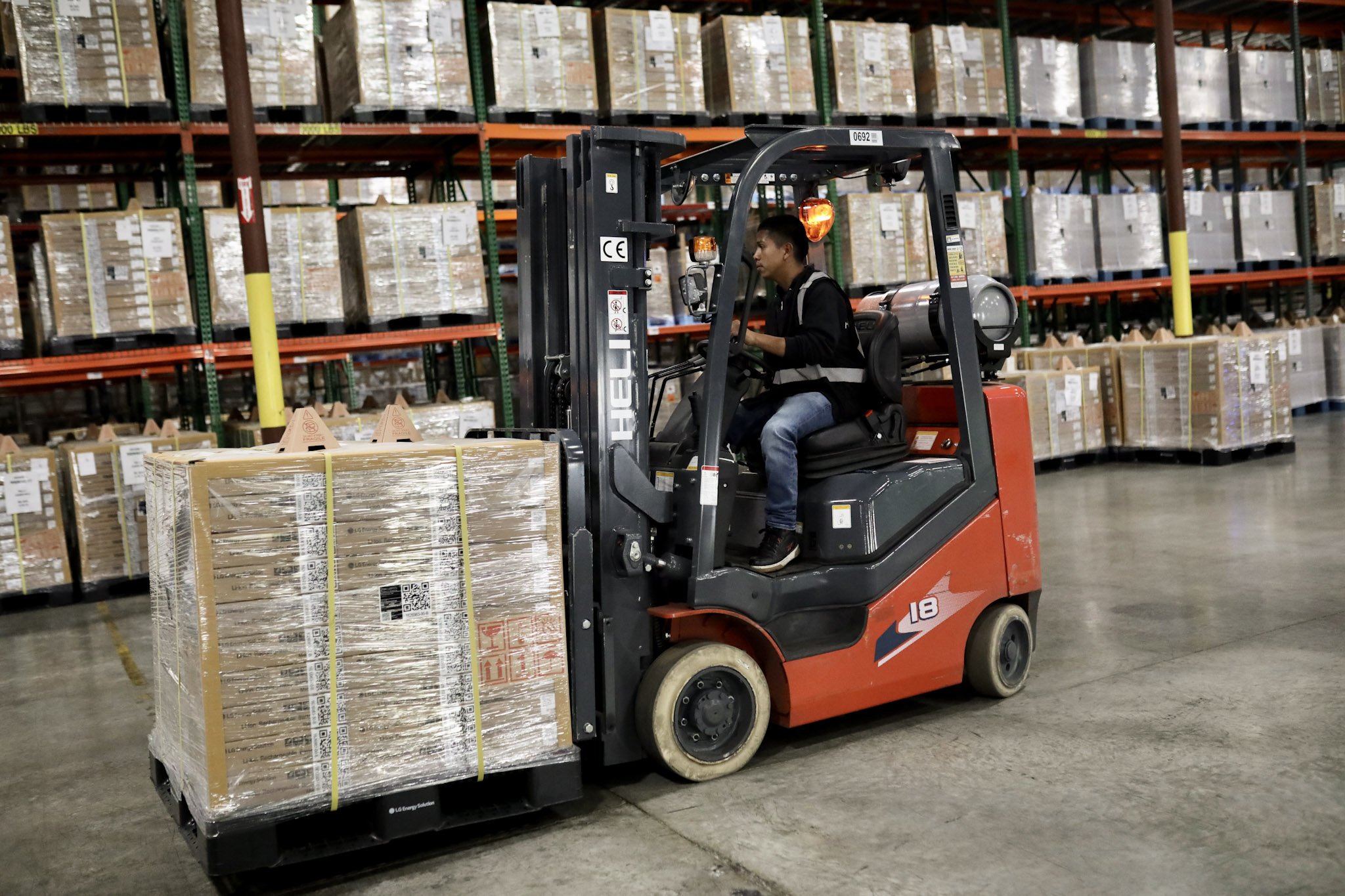Planning to receive your items in a 3PL warehouse? Here is how to get it done in the right way.
Receiving the products in the outsourced 3PL warehouse involves various steps such as;
- Getting items into the warehouse
- Counting to confirm the number of units
- Inspection for damages
- Preparing the products for inventory or sales
- Keeping the products in a safe warehouse location
- Conducting updates on warehouse management systems
- Posting the details in clients’ systems
What is the Process of Sending Items into Warehouse?
Various channels can be used in getting products into the warehouse. The channel that will be highly utilized to send products into the warehouse, include;
Containers
There are two types of containers commonly used; 20-foot and 40-foot containers. The commodities in the container can either be floor loaded or pallet loaded, depending on the items being transported. Floor loaded will take a longer time to process the receiving procedure, leading to increased cost compared to pallet loaded containers.
How Can the Product be Identified?
Product identification is very important during the warehouse product receiving procedure. If the items are not accurately identified, they will be allocated to the wrong SKU affecting the inventory picks and accuracy.
Two procedures can be used in product identification processes. These procedures include;
- Labels on the cartons stating the items
- Scanning the bar code or RFID smart labels
Cartons might include numerous SKUs, where they must be examined to ensure that all SKUs’ items are available, or the outer carton (also known as a “master carton”) will have many inner boxes (also known as “inner cartons”), each containing a product. When dealing with mixed cartons, the cartons must be designated as mixed pallets to alert warehouse personnel.
Additionally, adding extra information to the carton labeling can help the warehouse handle product shipments quickly and properly.
What Are Different Types of Inspections?
Counting items is the most common procedure carried out when receiving items in the warehouse. You can rely on the quantities of the master carton; hence fail to open the carton during the counting or rather open the cartons and confirm each item one by one.
The comprehensive sort of inspection process that warehouse workers can undertake is to inspect the exterior cartons for any defects. The staff can open a specific number of cartons to check product damages. This helps to ascertain that the delivered products are in sellable conditions.
Opening and examining each box for damage may be necessary in circumstances where you are dealing with exceptionally high-value products that are highly likely to get damaged.
What Are Other Functions that 3PL Warehouse Can Perform?
- Labeling items
- Kitting to group products together
- Testing products to ensure they are functioning
- Shrink wrapping
- Removing supplier labels
- Brand packaging
- Preparation of subscription boxes
- Preparation of high-quantity pre-orders
Placement of Products in Warehouse and Warehouse Management System
Items that do not need urgent picking will be kept on pallet racks or floor stacked to keep them away from standard picking areas.
Items that will be picked, packed, and shipped often will be kept in pallet packs for ease and quick accessibility.
All the data and counts should be entered into 3PL’s Warehouse Management System. The 3PL will ensure that this data is accurate and up-to-date.
How Long Does Receiving Process Take in Warehouse?
The speed at which items will be received in a warehouse will depend on;
- Size products
- The complexity of the items
- Availability of back-orders
Conclusion
Following the right process in receiving products in a 3PL warehouse can save a lot of inconveniences. For more details on receiving items in the 3PL warehouse contact Global Logistic Solutions, Inc.

